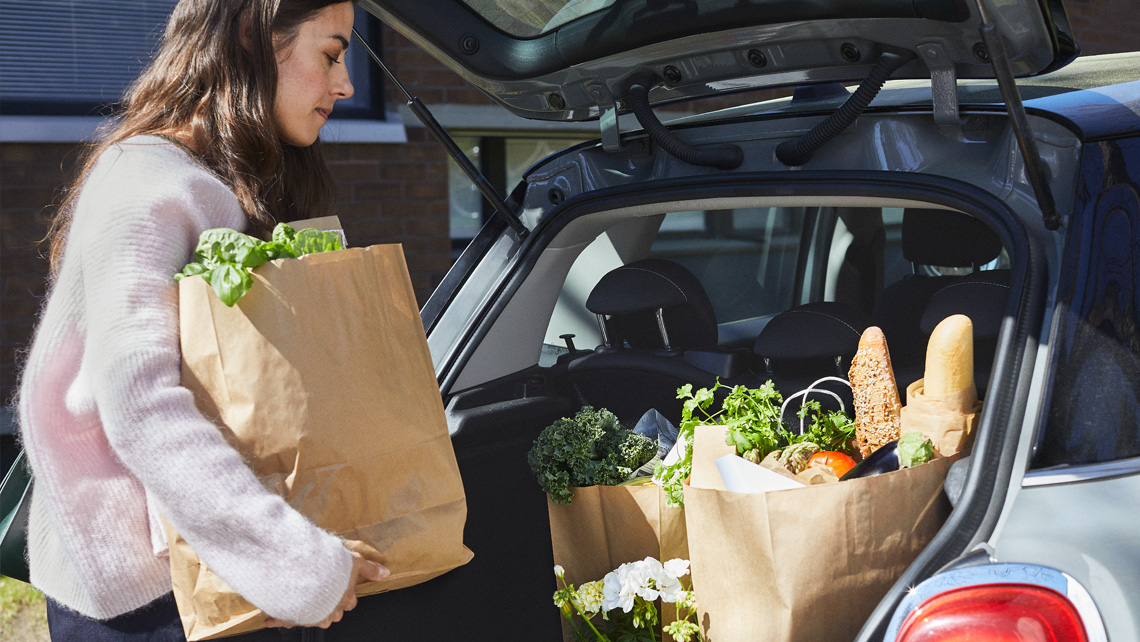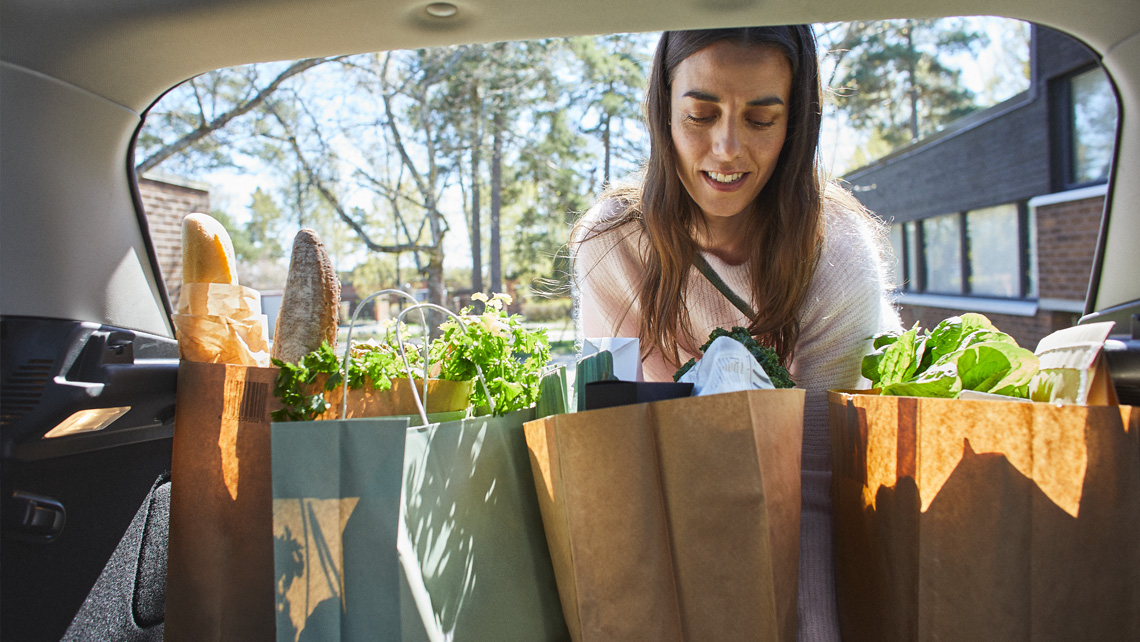“When people see the term ‘bio’, they probably immediately think ‘clean and green’, or ‘renewable’,” says Timo Härmä, Senior Manager at R&D and Technology, Kemira. “But it’s not always as straightforward as that. Let’s take crude oil, for example: it’s bio-based, because it comes from the ground and is derived from biomass. Technically it’s also renewable, but of course it takes millions of years. Does that mean it’s green and clean?” he asks. Obviously, this is not the case.
To bring some clarity to the situation, there are now some clear definitions in place, one example of which comes from the European Committee for Standardization:
- Bio-based means any material derived from biomass
- Biomass means material of biological origin, like trees, animals, algae, and marine organisms, excluding fossilized biomass
- Renewable material means a material that is composed of biomass and can be continually replenished
Biodegradable and renewable
“People typically confuse the terms bio-based and biodegradable too; they think that bio-based means biodegradable, and vice versa, but this isn’t always necessarily the case,” says Jonni Ahlgren, Senior Principal Scientist at Kemira. “Composting is something many of us do at home these days, and it’s a great example of biodegradation, in other words micro-organisms breaking down biomass at a molecular level, in this case usually your potato peelings, or any paper or board you might throw in there,” he continues.
Another example of where the lines can be a little blurred are the ‘biodegradable’ plastic bags used to dispose of bio-waste at home or to package fruit and vegetables in grocery stores. “These can be tricky because while they mostly contain biodegradable elements, such as starch and biodegradable plastic, they can also contain non-biodegradable plastic. And part of the raw materials may also be fossil based,” Jonni highlights. “In this regard, fiber-based paper bags are a much better alternative because they really are fully biodegradable.”
When it comes to the term renewable, today it’s typically used to denote something that’s derived from plant or animal-based sources as opposed to fossil-based. “When we think of something as renewable, common sense tells us we should think in terms of tens of years, as is the case with trees or other plants, not millions of years like oil,” Jonni points out.
If we think about food and other packaging, fiber-based materials are in many ways the ideal bio-based alternative: the raw material, in this case wood fiber, is renewable and the packaging itself is recyclable.
Even if it’s not renewable, it can be recyclable
Just because something isn’t renewable doesn’t mean it’s not reusable. Recycling plastics and metals has become a part of daily life for most of us and is an important part in the fight against climate change and resource scarcity.
Recycled inorganic material is crucial to many circular economies and can be used to create a wide range of new commodities. For example, recycled scrap metal is a key element in the production of chemicals for treating wastewater. “Our coagulants for wastewater treatment are based on inorganic materials, and an average of 70–80% of all raw materials we use to make them come from recycled sources like the steel and automotive industries,” Jonni says. “It’s a great example of circular-economy thinking.”
“If we think about food and other packaging, fiber-based materials are in many ways the ideal bio-based alternative: the raw material, in this case wood fiber, is renewable and the packaging itself is recyclable; and if it ends up in nature it’s also fully biodegradable,” Jonni concludes.
Toward a renewable, recyclable, and bio-based future
As the world faces up to the increasingly stark realities of climate change, renewable, recyclable, biodegradable and bio-based products have a huge role to play. “There is no doubt that we need to continue the move towards bio-based sources and mitigate global warming,” Timo says. “The drivers are coming from everywhere: our customers, and consumers in general, are increasingly well educated about these issues and are demanding bio-based alternatives for almost everything you can think of, and global and local legislation is tightening all the time,” he continues. There are economic pressures too, with sustainability increasingly being at or near the top of the list of must-haves for investors. “It’s our responsibility to innovate new ways to meet this demand,” says Timo.




